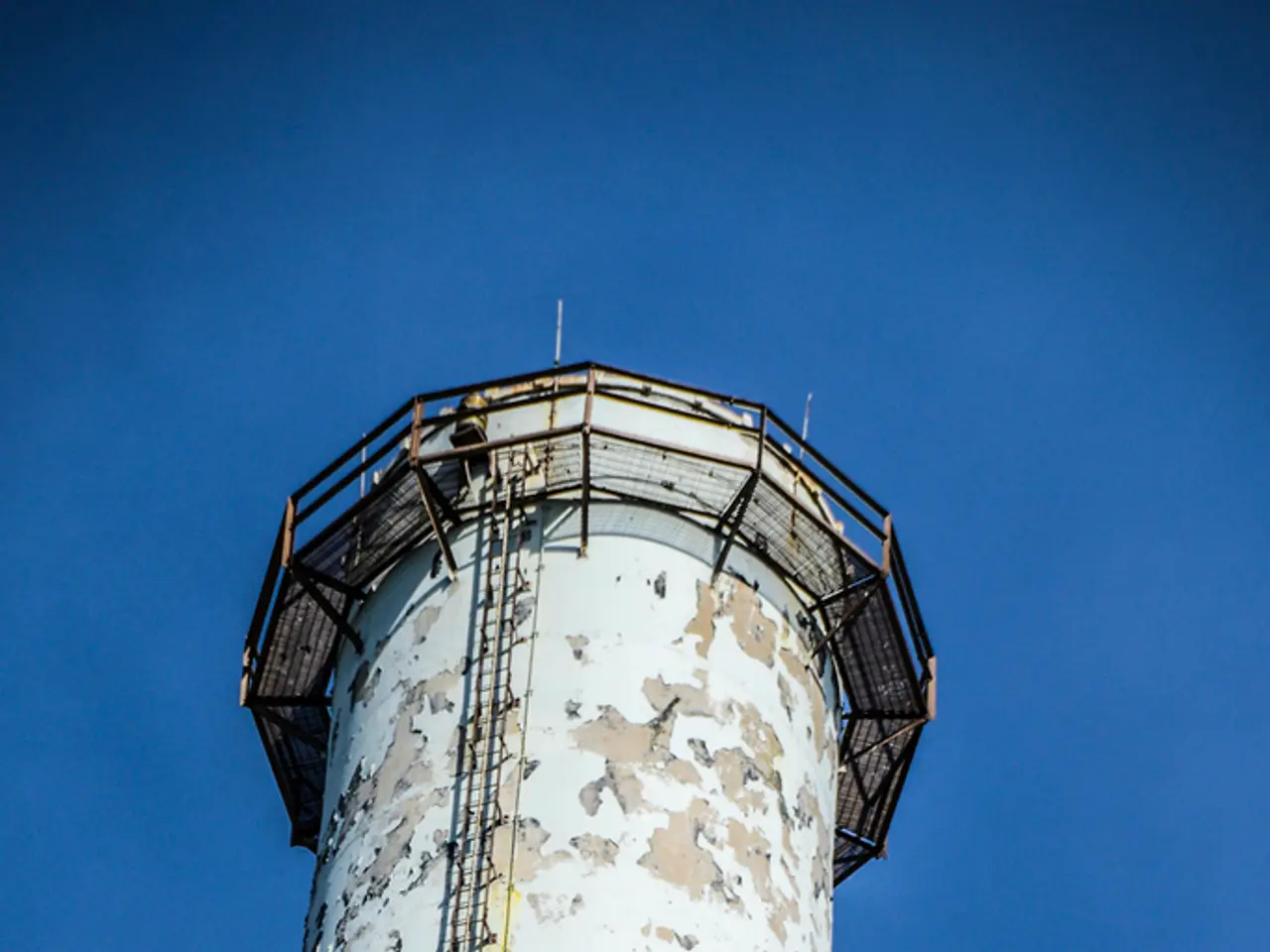Zinc shields South Africa's structure from deterioration
In South Africa, the threat of corrosion to buildings, pedestrian bridges, transport hubs, and even critical infrastructure like rail networks and power pylons, is a significant concern. Corrosion reduces the load-bearing capacity of structures, compromising their integrity and safety.
However, a reliable solution to this problem has been proposed by the International Zinc Association (IZA) Africa's Director, Simon Norton. According to Norton, zinc is an effective and dependable solution for South Africa's corrosion problem in infrastructure.
Zinc provides a physical barrier and acts as a sacrificial anode, protecting steel from corrosion. When its coating is scratched or damaged, the exposed steel remains protected due to zinc's sacrificial behavior. This self-sacrificing galvanic protection ensures the structural integrity of the protected structures, even with minor abrasions or surface cuts.
The adoption of hot-dip galvanized steel and galvanized rebar is essential for building infrastructure that endures for generations in South Africa's coastal cities and towns. Hot-dip galvanizing is the most widely used process for applying zinc, producing a metallurgical bond that forms multiple alloy layers. This results in outstanding durability, abrasion resistance, and decades-long performance under severe conditions.
Hot-dip galvanizing minimizes the need for repainting or maintenance and provides substantial whole-life cost savings. Galvanized coatings serve as the primary defense for power pylons, preventing failures that could lead to widespread power outages. In rail networks, hot-dip galvanized coatings on rail fasteners, signalling poles, overhead line structures, and bridge elements help these critical assets withstand the relentless marine environment.
Galvanized rebar is critical for infrastructure in marine and chloride-rich environments as it delays the onset of corrosion and extends service life. For instance, corrosion of concrete embedded steel can be initiated by chloride penetration from sea spray and carbonation of the concrete matrix. In such environments, the use of galvanized rebar can significantly reduce the maintenance required and improve safety.
The organization promoting the dissemination of hot-dip galvanizing for protecting steel structures against corrosion in South Africa is the Southern African Hot Dip Galvanizers Association (SAHDGA). By implementing hot-dip galvanizing in their infrastructure projects, South Africa's cities and towns can ensure resilient and sustainable infrastructure, reducing maintenance, improving safety, and ensuring reliability.
In conclusion, the use of zinc coatings, particularly hot-dip galvanizing, offers a promising solution to the corrosion problem in South Africa's infrastructure. By adopting this technology, South Africa can safeguard its vital assets and build infrastructure that endures for generations.
Read also:
- Peptide YY (PYY): Exploring its Role in Appetite Suppression, Intestinal Health, and Cognitive Links
- Toddler Health: Rotavirus Signs, Origins, and Potential Complications
- Digestive issues and heart discomfort: Root causes and associated health conditions
- House Infernos: Deadly Hazards Surpassing the Flames








